 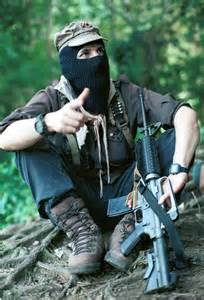  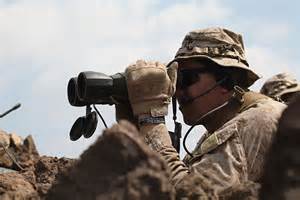 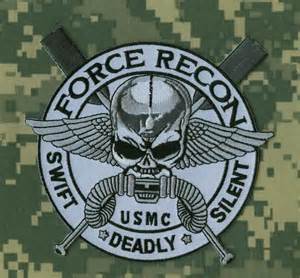 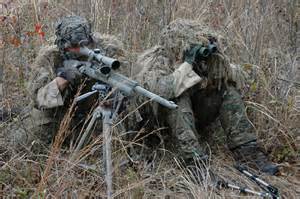 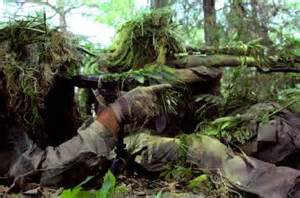 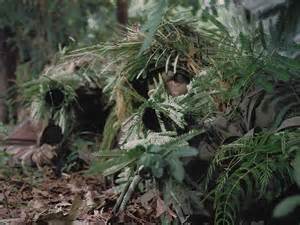  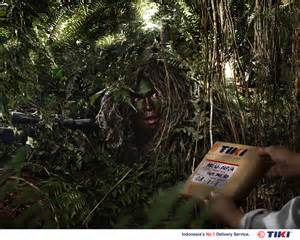 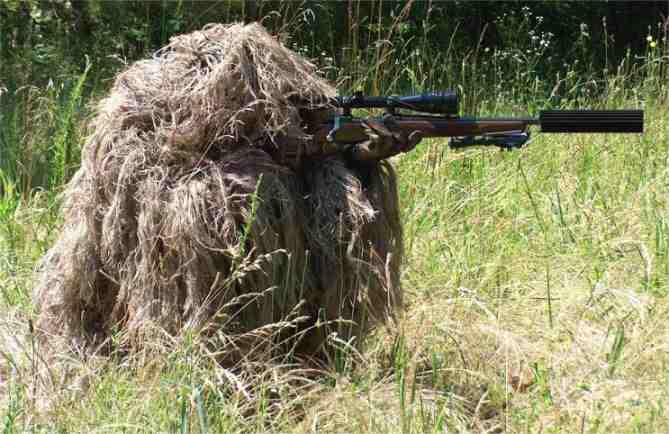  |
guerrilla warfare
The strategy and tactics of guerrilla warfare tend to focus around the use of a small, mobile force competing against a larger, more unwieldy one. The guerrilla focuses on organizing in small units, depending on the support of the local population, as well as taking advantage of terrain more accommodating of small units. Tactically, the guerrilla army would avoid any confrontation with large units of enemy troops, but seek and eliminate small groups of soldiers to minimize losses and exhaust the opposing force. Not limiting their targets to personnel, enemy resources are also preferred targets. All of that is to weaken the enemy's strength, to cause the enemy eventually to be unable to prosecute the war any longer, and to force the enemy to withdraw. It is often misunderstood that guerrilla warfare must involve disguising as civilians to cause enemy troops to fail in telling friend from foe. However, this is not a primary feature of a guerrilla war. This type of war can be practiced anywhere there are places for combatants to cover themselves and where such advantage cannot be made use of by a larger and more conventional force.
Recon
Reconnaissance is the military term for exploring beyond the area occupied by friendly forces to gain vital information about enemy forces or features of the environment for later analysis and/or dissemination. Types of reconnaissance:
The techniques and objectives are not mutually exclusive; it is up to the commander whether they are carried out separately or by the same unit. Reconnaissance-in-forceSome military elements tasked with reconnaissance are armed only for self-defense, and rely on stealth to gather information. Others are well-enough armed to also deny information to the enemy by destroying their reconnaissance elements. Reconnaissance-in-force (RIF) is a type of military operation or military tactics used specifically to probe an enemy's disposition. By mounting an offensive with considerable (but not decisive) force, the commander hopes to elicit a strong reaction by the enemy that reveals its own strength, deployment, and other tactical data. The RIF commander retains the option to fall back with the data or expand the conflict into a full engagement. Other methods consist of hit-and-run tactics using rapid mobility, and in some cases light-armored vehicles for added fire superiority, as the need arises. Reconnaissance-by-fireReconnaissance by fire (or speculative fire) is the act of firing at likely enemy positions, in order to cause the enemy force to reveal their location by moving or by returning fire. Reconnaissance-pullReconnaissance-pull is a tactic that is applied at the regiment to division level and defined as locating and rapidly exploiting enemy weaknesses. It is the ability to determine enemy positions and create exploitable gaps through which friendly forces can pass while avoiding obstacles and strong points. A textbook example of reconnaissance-pull was documented during the Tinian landings during World War II. The United States Marine Corps's Amphibious Reconnaissance Battalion, from V Amphibious Corps, used an example of reconnaissance-pull. Aerial photography, and the confirmation by the amphibious reconnaissance platoons determined that the Japanese defenders had largely ignored the northern beaches of the island, rather they had focused most of their defensive effort on beaches in the south-west which were more favorable for an amphibious landing. American forces quickly changed their landing location to the northern beaches and planned a small and hasty "deception" operation off the southern beach, it resulted in a complete surprise for the Japanese forces. As a result, American forces were able to fight the Japanese force on land where they had the advantage leading to light losses and a relatively short battle that lasted only 9 days.Above all else remember the main tactic.......
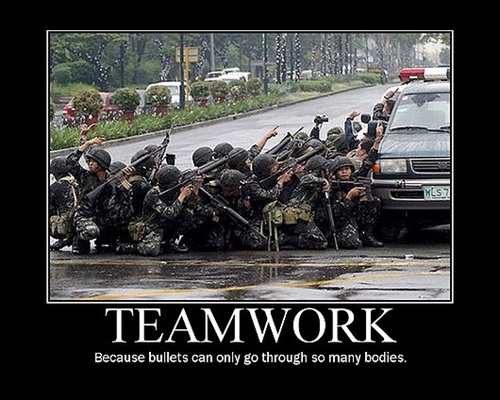 |